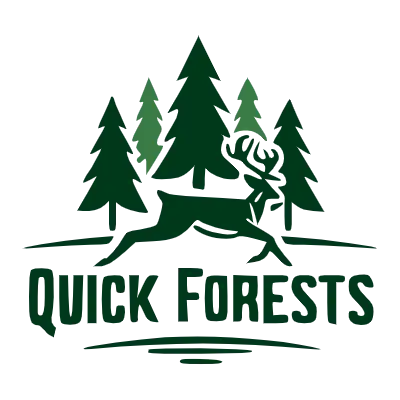Miyawaki Forests in Kerala have gained significant traction in recent years. Kerala, known for its lush greenery and commitment to environmental conservation, has embraced an innovative afforestation technique called the Miyawaki method. This approach, named after Japanese botanist Akira Miyawaki, has gained significant traction in the southern Indian state, promising rapid urban forest growth and enhanced biodiversity.
What is the Miyawaki Method?
The Miyawaki method is a unique approach to creating dense, native forests in urban areas. It involves planting diverse native species close together, which encourages them to compete for resources and grow upwards rapidly. This technique can create a mature forest in just 20-30 years, compared to the natural time span of 200-300 years.
Miyawaki in Kerala: Implementation and Success
Kerala has enthusiastically adopted the Miyawaki method across various districts:
- Kochi: The Cochin International Airport Limited (CIAL) has implemented the Miyawaki method to create a green buffer around the airport.
- Thiruvananthapuram: The state capital has seen several Miyawaki forests pop up in public spaces and educational institutions.
- Kozhikode: The city has initiated Miyawaki projects in multiple locations, including government offices and residential areas.
Benefits for Kerala
The adoption of the Miyawaki method in Kerala offers several advantages:
- Rapid Greening: It helps quickly restore green cover in urban areas.
- Biodiversity Conservation: The method promotes the growth of native species, supporting local ecosystems.
- Climate Resilience: Dense forests act as carbon sinks and help mitigate urban heat island effects.
- Water Conservation: Miyawaki forests improve soil water retention and groundwater recharge.
Challenges for Miyawaki Forests in Kerala
While the benefits are notable, there are significant challenges and criticisms associated with the Miyawaki method:
- High Initial Costs: Establishing these forests can be expensive due to the need for careful planning and resources.
- Ecological Considerations: Critics argue that many projects do not adequately consider local ecosystems. There is a risk of planting non-native species or inappropriate species for certain environments, which can disrupt local biodiversity and ecological balance. For instance, some projects have been criticized for not sourcing plants that align with the original local ecosystem, potentially leading to monocultures rather than diverse habitats.
- Long-term Sustainability: While the initial growth may be rapid, there are concerns about the long-term sustainability of these micro-forests without ongoing management and ecological oversight.
- Applicability in Various Regions: The method may not be suitable for all ecological contexts; for example, attempting to create Miyawaki forests in arid regions where such ecosystems never existed could lead to ecological degradation rather than restoration.
However, with growing support from government bodies, NGOs, and citizens, the future of Miyawaki forests in Kerala looks bright.
Conclusion
In summary, adoption of the Miyawaki forests in Kerala is a great step towards sustainable urban development. However, it’s crucial to approach this technique with caution. To ensure the long-term success of these forests, it’s essential to use native plant species and consider the specific ecological conditions of the planting site.

